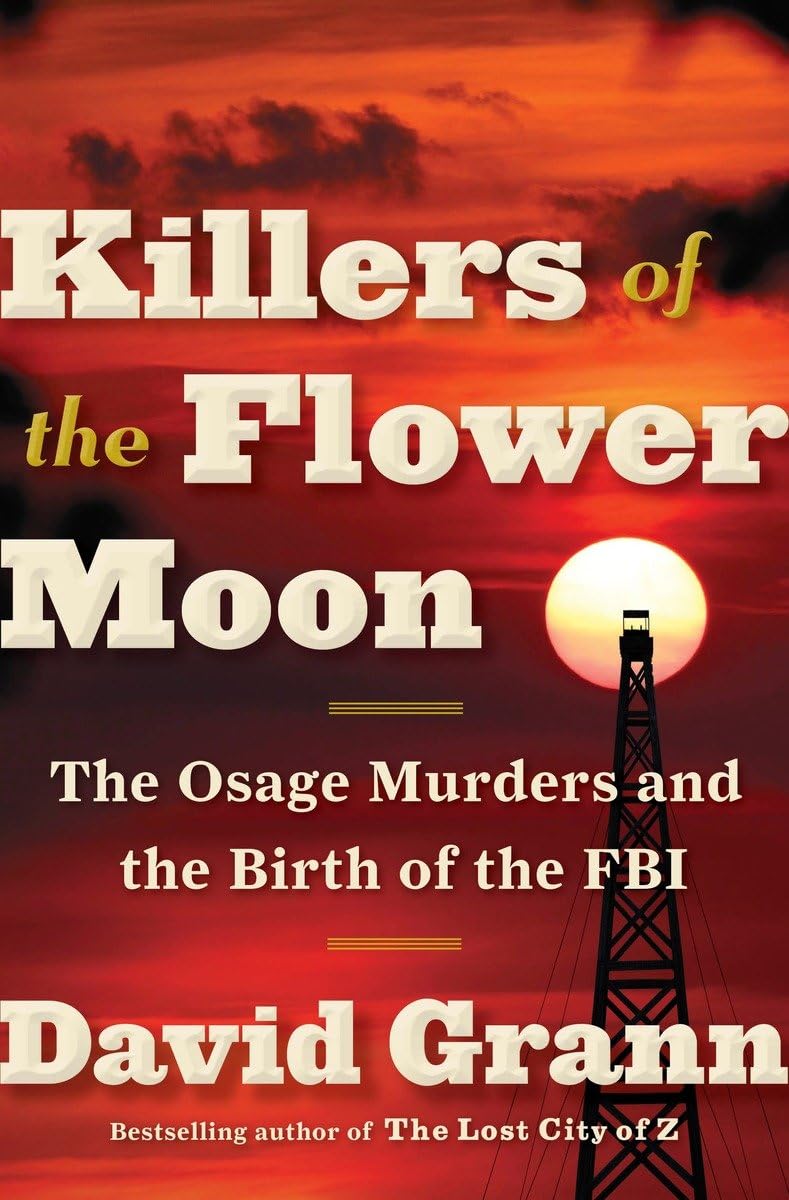Chapter 24: Standing in Two Worlds
byStanding in Two Worlds immerses readers in the enduring story of the Osage Nation, connecting past atrocities with the ongoing efforts to honor and address the repercussions of those dark times. Opening in May 2013, the author recounts attending the performance of Wahzhazhe, a ballet that vividly illustrates the Osage people’s journey from their vibrant heritage on the plains to the harrowing period known as the Reign of Terror. This haunting chapter of Osage history saw the wealth derived from oil—a blessing turned curse—lure greed and corruption, culminating in the systematic murders of tribal members for their valuable headrights. The ballet’s powerful scenes, blending traditional Osage culture with modern storytelling, offer a poignant reminder of the tribe’s resilience in the face of overwhelming adversity.
The setting for this performance, the Constantine Theater in Pawhuska, adds a layer of historical resonance to the narrative. Once a cultural hub during the turbulent years of the Reign of Terror, the theater narrowly avoided demolition in the 1980s. Its restoration, driven by community efforts, stands as a metaphor for the Osage Nation’s determination to preserve its heritage against the forces that have sought to erase it. Nearby, the courthouse looms as another symbol of this history, having witnessed trials that sought justice for the Osage murders. Yet, even these proceedings often fell short, leaving many crimes unresolved and the full scope of the injustices unaddressed.
The ballet itself serves as a masterful representation of the Osage’s multifaceted history. Through its narrative, audiences witness the tribe’s early harmony on the plains, their first encounters with European settlers, and the devastating betrayal brought about by oil wealth. Particularly striking is the homage paid to the Osage’s contributions to the broader American story, as exemplified by Major General Clarence Leonard Tinker, a trailblazer and the first Native American general to die in World War II. The performance also features a moving appearance by Margie Burkhart, linking the artful portrayal of history to the lived experiences of Osage descendants, ensuring the narrative remains grounded in reality.
After the performance, the author engages with Kathryn Red Corn, the director of the Osage Nation Museum, who shares a deeply personal connection to the events of the Reign of Terror. Her revelation—that her grandfather’s death may have been part of the larger pattern of killings targeting the Osage—adds another dimension to the community’s collective grief and struggle for justice. This discovery propels the author into a deeper investigation of one of the era’s chilling murders: the case of Charles Whitehorn. Through diligent research and a meticulous examination of archival records, the author reconstructs the circumstances surrounding Whitehorn’s death, uncovering a network of individuals implicated in the crime.
Despite a wealth of evidence, including informant testimonies and corroborating details, Whitehorn’s murder, like many others, remains officially unsolved. This failure of justice underscores the systemic nature of the exploitation faced by the Osage, revealing a broader conspiracy fueled by greed and enabled by societal complicity. The inability to bring all perpetrators to account highlights not only the limitations of law enforcement at the time but also the pervasive indifference to the suffering of Native communities.
The chapter concludes with the author’s renewed commitment to bringing these forgotten stories to light. Sifting through archival materials and personal testimonies, they aim to uncover the truths that have long been buried, seeking to honor the memories of those who fell victim to greed and hatred. The Osage Nation’s resilience, reflected in their cultural preservation and ongoing pursuit of justice, stands as a powerful testament to their strength and determination.
This chapter masterfully intertwines historical narrative with investigative journalism, painting a vivid picture of the Osage’s trials and triumphs. It highlights the ongoing struggle to reconcile a history marred by exploitation and violence with the present-day efforts to honor and remember those who suffered. Through its blend of poignant storytelling and relentless inquiry, the chapter offers a sobering yet inspiring glimpse into a community’s enduring fight for recognition, justice, and healing.


